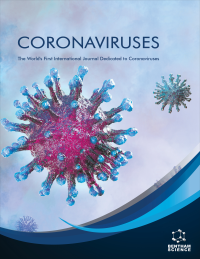
Full text loading...
We use cookies to track usage and preferences.I Understand
When light shines on an object, it sheds focus on the intrinsic characteristics of that material. Transmission of light or an electromagnetic (em) wave through a matter undergoes various physiochemical processes, like emission, absorption, and splitting of light into its constituent wavelengths. This interaction of em radiation with matter is widely used for the investigation of unknown and new target analytes in a sample, and the technique is known as spectroscopy. In the early 2000s, energy excitation of the virus was demonstrated in influenza. The research first demonstrated the use of Surface-enhanced Raman Scattering (SERS), whose biomedical application became a potential diagnostic tool. The LASERs also attracted attention and were incorporated with the optical and spectroscopy instruments that significantly enhanced the application, reach, and detection limit of air and waterborne elements. Surface plasmon resonance and SERS are the most applied spectroscopic techniques with high accuracy and speed. A combination of these techniques with other advanced microscopy techniques, such as atomic force microscopy, scanning electron microscopy, and tunnelling electron microscopy, may ease and boost biomedical applications. This review is focused on the application of spectroscopy and laser-based techniques in the detection of Severe Acute Respiratory Syndrome Coronavirus 2 (SARS-CoV-2).

Article metrics loading...

Full text loading...
References


Data & Media loading...

